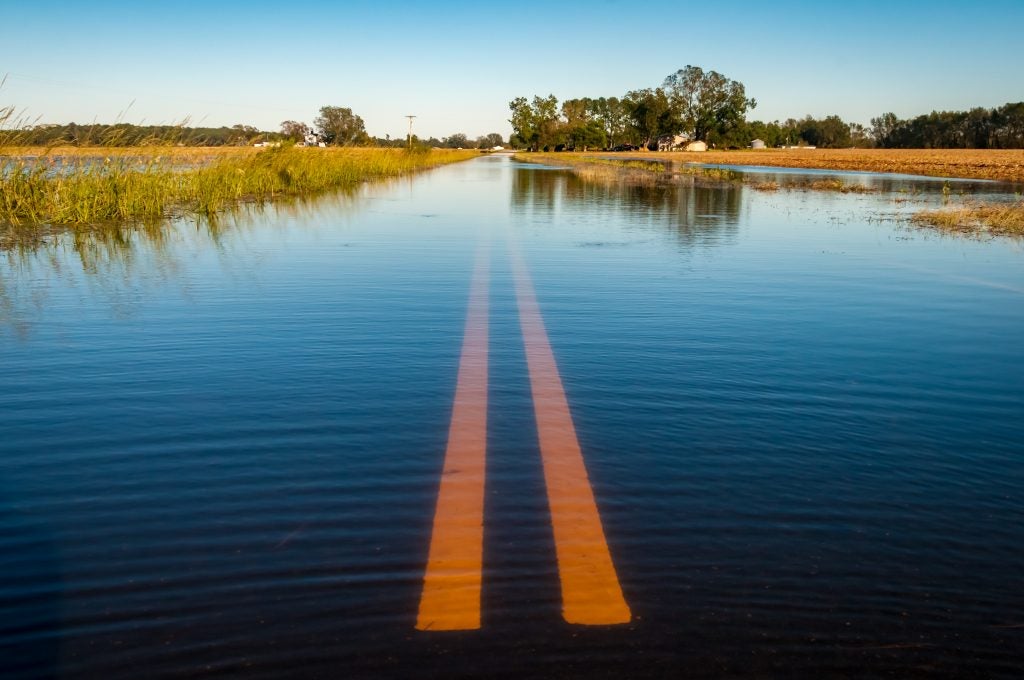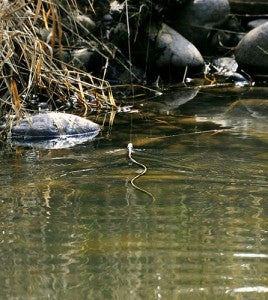Enter the giant garter snake. The giant garter snake is an aquatic species native to California and a federally-listed “threatened” species that largely persists today – along with many other critters – in the vast acreage of Central Valley rice fields and water distribution canals.
In the past, seasonal floods would transform California’s Central Valley into a great inland sea of floodplain habitats teeming with fish and wildlife, including the giant garter snake.
Over time, development of the flood and irrigation systems that enabled the Central Valley’s $17 billion agricultural economy has led to the destruction of 95 percent of the region’s historic wetlands, putting countless California wildlife at risk of extinction.
For example, ongoing flood system operations and maintenance activities—required to protect farms and communities in the floodplain—continue to disrupt giant garter snake habitat. What’s more, when drought or fallowing reduces water deliveries to rice growers, the snake’s remaining habitat can dry up.
We need a better way to protect and restore habitat for wildlife like the giant garter snake, before it’s too late.
Read More »











